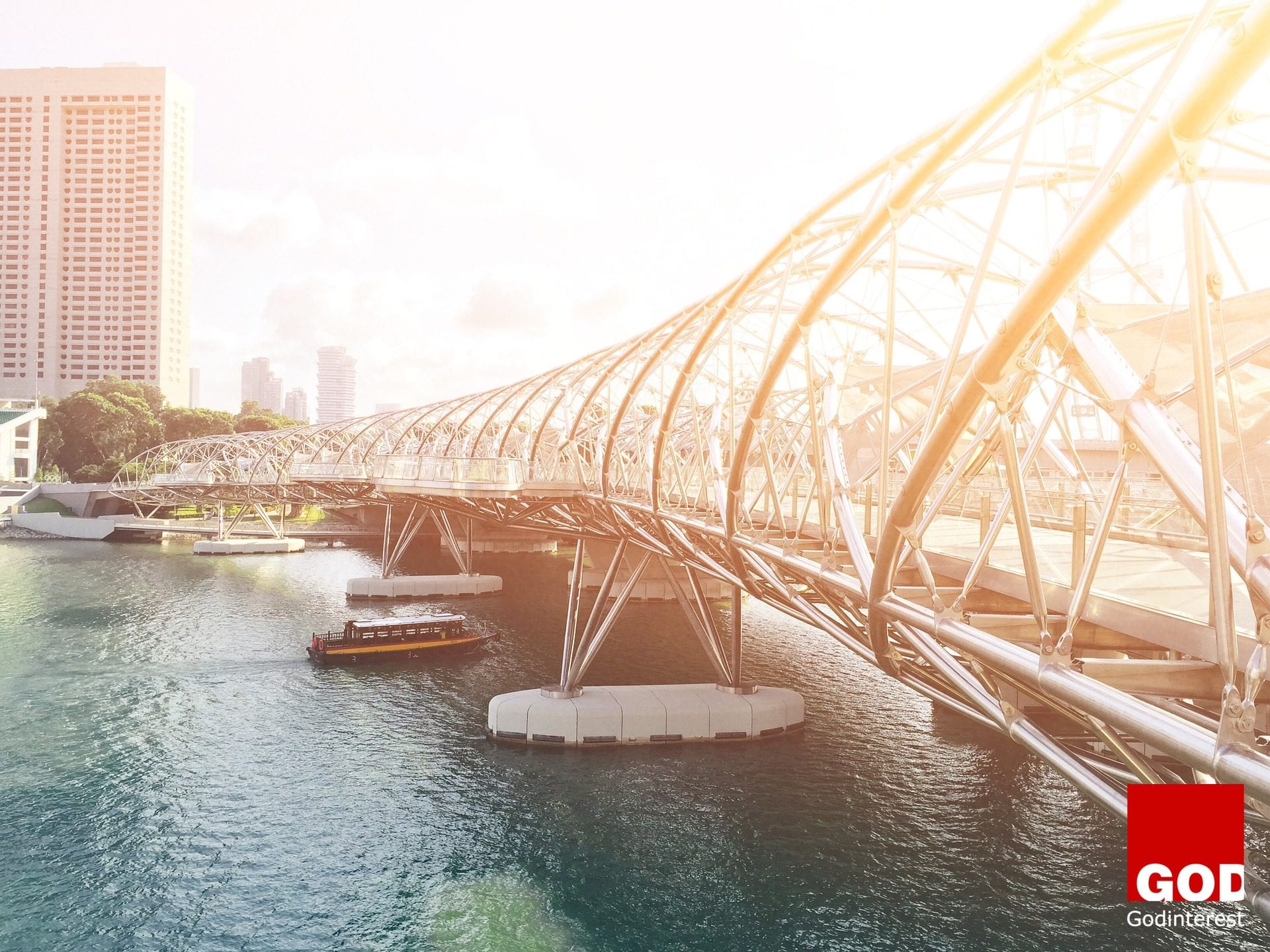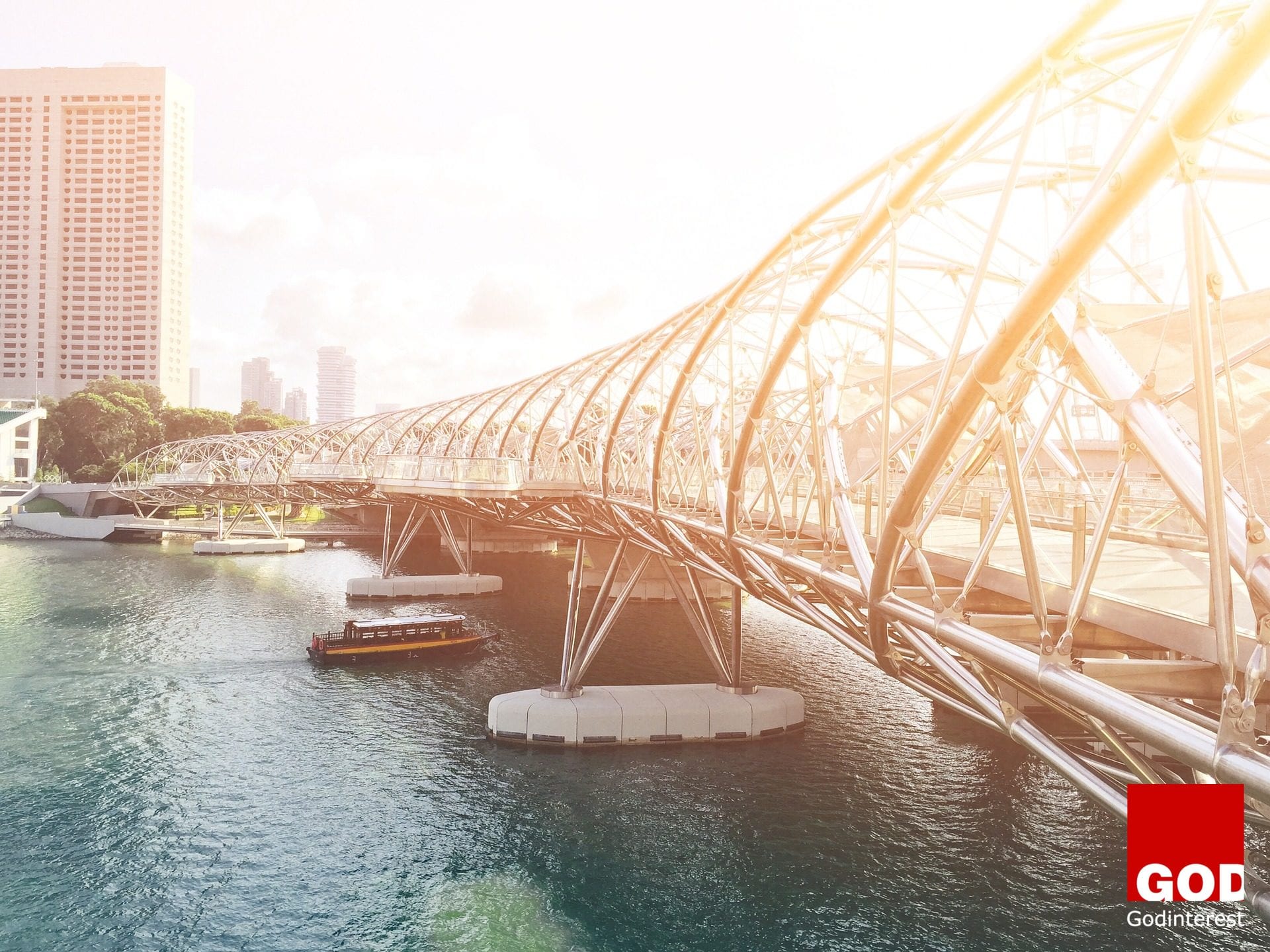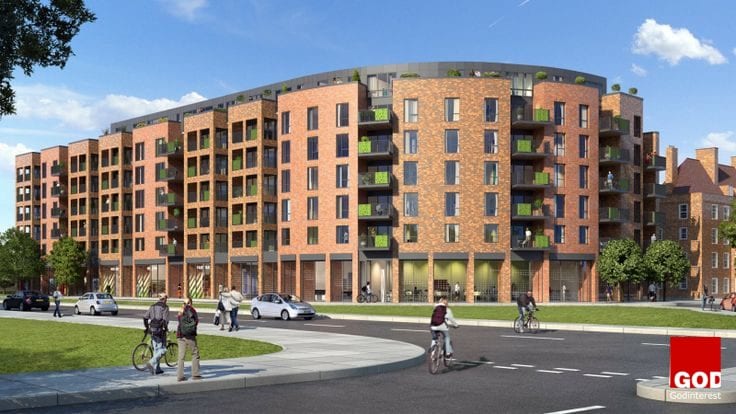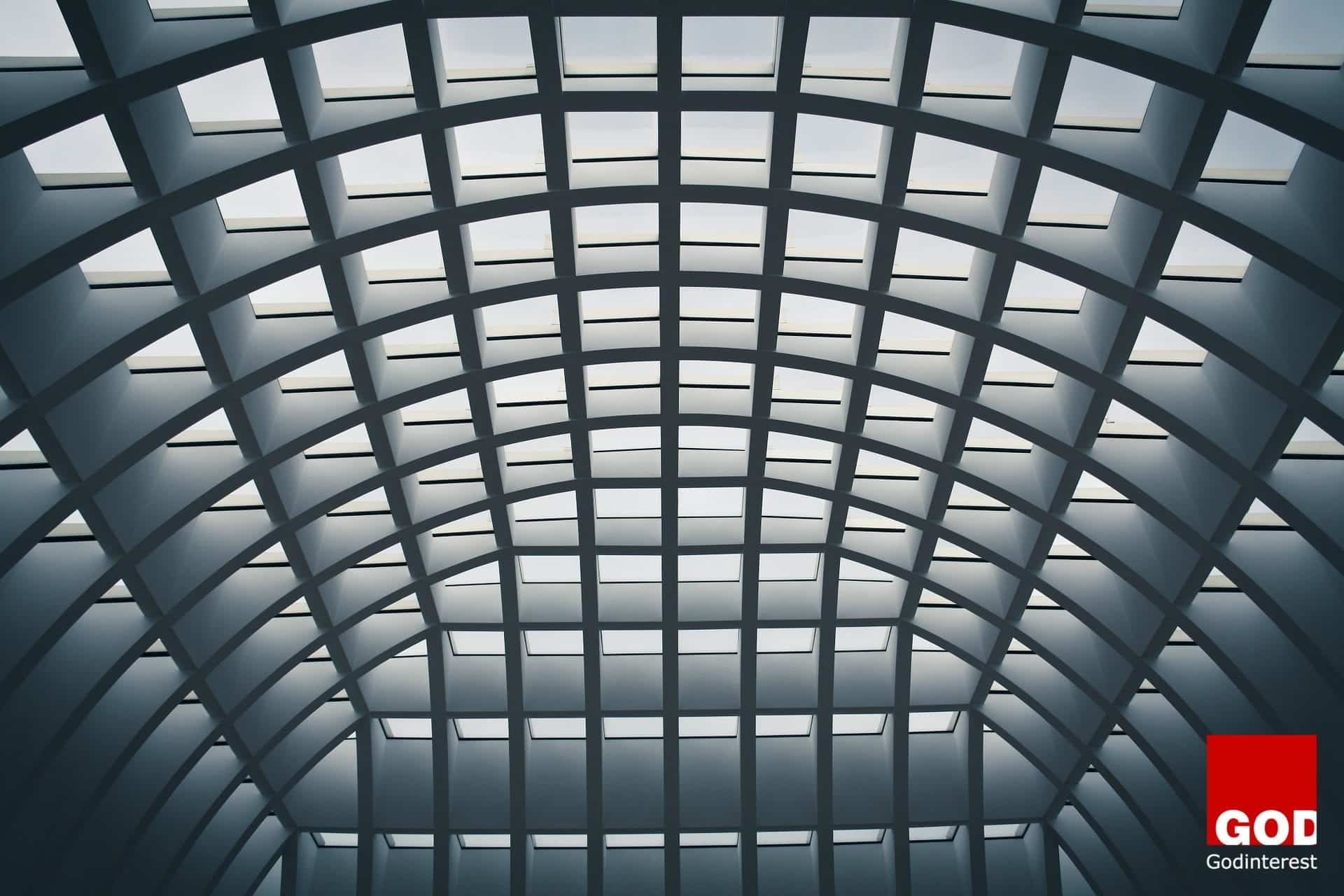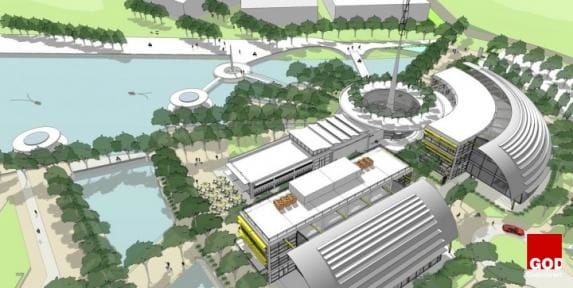Some senior members of staff see procurement expenses as a necessary evil and overlook any efficiency improvement methods for this sector. This is not an uncommon way of thinking, as procurement and the supply chain is a massive part of any company’s costs and can total up to 70% of an organisation’s total spend.
These managers are missing out on effective changes that can shift procurement to a significant supplier of growth and profit for any business.
Follow these 7 steps to improve your procurement team.
1. Embrace Change
It’s so important for procurement managers to embrace and invest in technology changes currently taking place in the industry.
Managers should hold a full assessment of deficiencies in their processors and search for technology that meets the needs of the business, rather than fitting the business around new technology. For example, if you are having trouble with historic and retrospective analysis, invest in predictive analytics.
2. Consider Outsourcing
Outsourcing may not be an avenue you have ever considered in regards to procurement, even though it happens all the time with HR and IT departments. Even so, many procurement managers are still apprehensive to apply it to their supply chain.
Outsourcing certain aspects of procurement can be a way of improving existing systems and processors rather than a cost reduction measure. It can also allow your business to access highly skilled procurement experts when it would be counter-productive to hire someone internally. These individuals are often very focused on delivering results, and if you plan outsourcing correctly, the increase in productivity will outweigh the costs of outsourcing.
If a procurement manager feels like there are areas in the business where costs can be cut, it might be worth bringing in a consultant. There are also outsourcing services that offer expert domain knowledge and vendor contact opportunities.
3. Ensure Your Supply Chain Is Properly Staffed
The efficiency of a supply chain is very much dependent on the quality of its staff. As a procurement manager, it’s important to ensure that the supply chain is staffed with highly skilled individuals, and that these staff have regular access to education and training.
Procurement professionals will be tasked with a wide variety of roles, including:
- Planning delivery timetables
- Ensuring stores have enough stock
- Overseeing the arrival of shipments
When hiring employees, it’s important to ensure they have skills such as communication, attention to detail and teamwork. They must also be willing to learn and improve throughout their career.
4. Create Risk Management Policies
One of the key ways of making a procurement team more efficient is to prepare for the unexpected. Procurement managers should establish proper levels of control to manage risk and ensure that all these policies are periodically reviewed. These risk management fail safes should include:
- The financial impact a risk might have
- The likelihood to the risk occurring
- A priority list for managing risks
All staff members should be aware of these risks, and the processes in place if the risks occur. For example, if a major supplier goes out of business, your staff should be aware that there is a process for contacting secondary suppliers so you are never left without stock.
5. Establish Relationships with Key Suppliers
Staff who deal with suppliers on a daily basis need to have brilliant relationship building skills. Procurement employees need to work closely with suppliers to try and keep communication consistent and amicable, even if issues arise at either end.
Suppliers can help procurement teams reach their performance goals, and they are often very knowledgeable, with expertise to share about their products. Procurement teams can learn a lot from them, like the audience, seasonality and key selling points of products; it’s worth working on these relationships.
6. Stick to Ambitious but Manageable Targets
If a team has a tough but not unattainable goal to work towards they can prioritise, measure and focus on their tasks with a clear end in mind. This helps staff members feel more motivated and gives meaning to their work.
There will also be a sense of achievement when the targets are met, bringing your team closer together and improving teamwork.
7. Efficiency Is Attainable
The creation of a brilliant supply chain depends on your company’s understanding of procurement, along with the procurement team’s estimation of the total costs associated with each supplier and their contacts.
With help from technology, outsourcing, a great team and strong relationship building skills, your procurement team should improve its efficiency and business impact.



